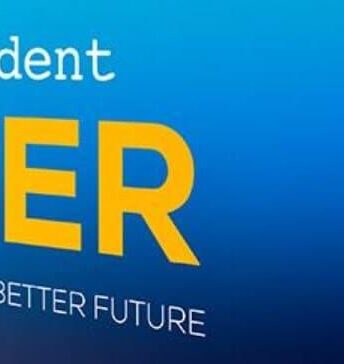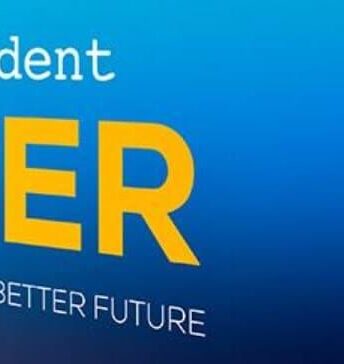Much has been said about the loss – or not – of jobs thanks to the rise of new Artificial Intelligence technologies and algorithms, the development of which will surely continue to accelerate.
Stefanini is one of the global companies that have been making heavy investments in AI since 2013, with the implementation of research centers in Brazil and the United States and the development of proprietary technologies such as the award-winning platform Sophie, in addition to using different AI approaches in more than 100 operations around the world.
What we can say is that, before being a substitute for human capacity, Artificial Intelligence acts as a catalyst that allows us to use the best characteristics of the people who work with us, extending their capacity and efficiency, a concept that is beginning to be internally called human augmentation.
Overall, robots are excellent for treating and understanding patterns. Everything that works always or most often in a certain way can be handled by them. It is not so much about the number of steps that make up a process as it is about its homogeneity.
On the other hand, humans are excellent at creative solutions, handling exceptions, bonding, and managing crises. However, they feel overwhelmed and tired when forced to deal with repetitive processes.
It’s a bit like movie heroes, but instead of clever armor, we use robots that can process language, read the text, and evaluate data. These specialized tools do the heavy and tedious part of any administrative or fulfillment work: understanding, sorting, filtering, and forwarding. In the end, flesh and blood people do the noblest part of the task: making decisions, creating solutions, solving problems, and prioritizing demands.
The massive use of AI in our operations did not cause unemployment or reduction in our teams. On average, we still have more than 600 vacancies open every month. But it has generated – and continues to generate – a revolution in efficiency. We do more things faster and more accurately, reducing the number of errors and the need to rework certain tasks, allowing each human and electronic brain to do their best.
In the medium to long term, we know that this increased efficiency generates more business, which in turn creates more jobs.
We have gone far enough to know that the best use of any technology is always inclusive, and we are constantly finding ways to use these features in active, intelligent monitoring, predicting, recommending, and securing.
It’s important to add that AI investments need to be consistent and continuous to work. Gone are the days when you were promised a magic box, a silver bullet that would quickly solve a lot of problems. At Stefanini, it’s a rewarding experience because we allow ourselves to make mistakes early to keep doing better and better.
Today we explain to our customers that there is no other way to make it happen. Artificial Intelligence relies on process knowledge and data modeling, patient implementation, and continuous tuning. If so, the results are cumulative and tend to accelerate over time, generating real competitive advantages.
Far from being a threat, AI is a real opportunity that can help Brazil start a new cycle of growth and efficiency. According to data from Fortune Business Insights, the ability to exploit Artificial Intelligence solutions is directly related to economic growth. The AI market is expected to reach $203 billion by 2025. China, one of the leaders in this trend, is preparing to make $150 billion AI gains by 2030.
A 2018 survey by the Inter-American Development Bank (IDB) estimates that Latin America as a whole could, in the coming years, increase its GDP from 3% to 4% per year. Brazil’s GDP growth in 2020, for example, is estimated at 2%, according to data from the IMF that was released in November 2019. According to the IDB, this index could advance up to 4.1% with the spread of AI across various verticals of the economy and various regions of Brazil. It is worth noting that more than half of these gains would be provided by increased corporate productivity – one of the most vulnerable points in the Brazilian economy.
In this new scenario, it is necessary to invest in the transformation of education. China, for example, launched in 2017 a program to encourage the development of new generations of AI. On this journey, the Chinese government beckons using tax exemptions for companies that develop AI solutions for schools (middle and high schools). One of the most demanding is to complement, with AI solutions, the lack of teachers to serve the entire Chinese population.
India, on the other hand, already has dozens of AI-focused startups for the education sector. The solutions identify the content that the student could not learn in the classroom and, from there, design automated teaching programs tailored to the children’s demand.
Therefore, the future of education is in its lifelong continuity. In the age of digitization, creating more, proposing and exposing yourself more will make a difference. And all this preparation should start in basic education, valuing research and discovery early.
To make this wheel spin, the teacher must stimulate debate so that children learn from each other and at the same time be challenged to question and find new answers. In this scenario, connectivity will play an essential role in bringing information to the most remote locations in Brazil. With AI and IoT devices, it is possible to prepare teachers, share knowledge and qualify professionals from various areas full time. With digital platforms available and estimated economic growth in the coming years, new jobs are likely to be created, even if some disappear due to automation. We live in an age when the workforce and knowledge tend to reinvent themselves with technology. Artificial Intelligence certainly is – and will increasingly be – one of the main protagonists of the new modern times.
*Marco Stefanini is the Global CEO and Founder of Stefanini



















